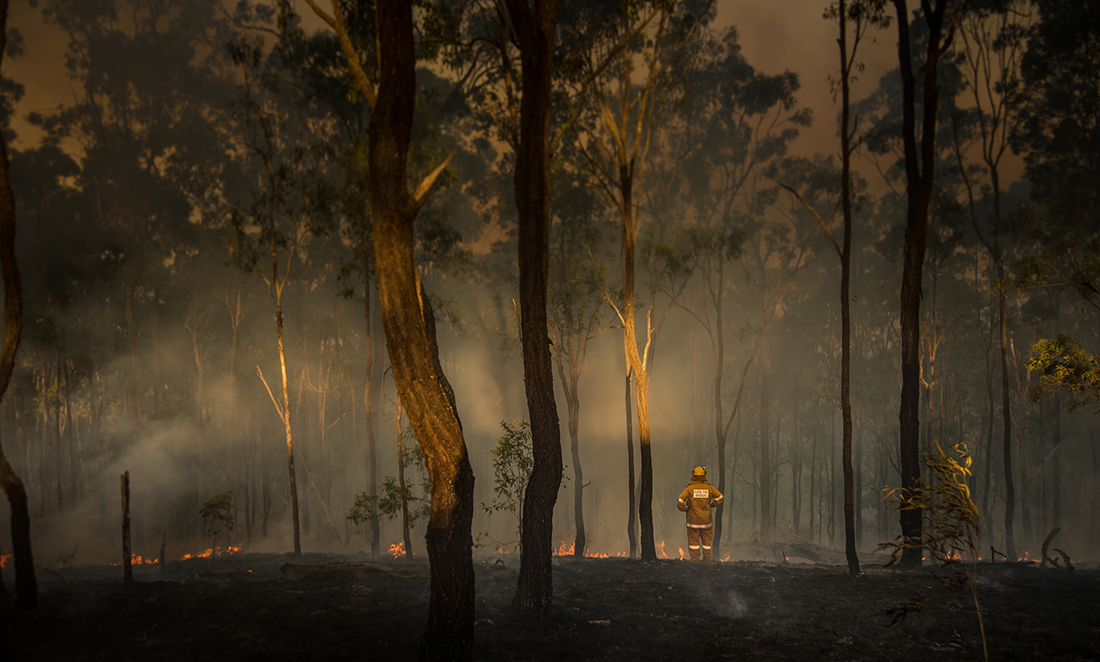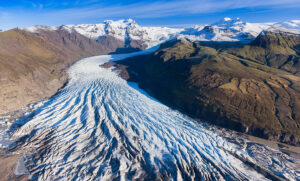It’s been hard to miss the devastating bushfires ripping through communities in NSW and Queensland over the last weeks.
The Eastern States are seeing longer bushfire seasons, and it’s affecting new areas like Queensland rainforests and the wetter parts of Tasmania.
But is WA experiencing the same changes?
Yes, says Dr John Bates, the research director of the Bushfire and Natural Hazards CRC.
From east to west
John says fire conditions have worsened across the country in recent decades, and WA is no exception.
“We always had, on the continent, big fires and small fires. Fire has been part of our landscape forever,” he says.
“Where we’re starting to see change now is that they are happening at times of the year that we’ve not seen them before.
“And we’re starting to see them happening in some places that we’ve not seen them before.”
John says more parts of the country are experiencing conditions where a fire can take hold.
That is, high temperatures, enough leaf litter and branches on the ground to burn, low air humidity, low soil moisture and strong winds.
And those conditions are happening more often, stretching the length of our fire seasons.
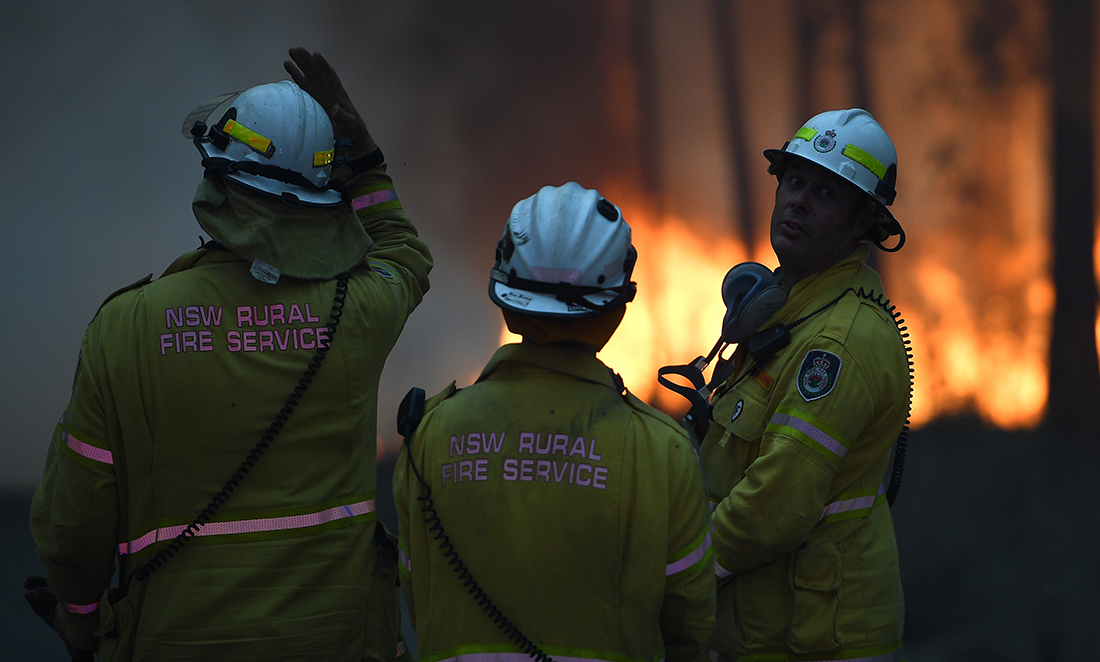
A warming continent
John says temperatures across Australia – including WA – are about a degree warmer than the long-term average.
He says that’s causing hotter daytime temperatures and the potential for lower humidity where there is less rainfall.
“If the average temperatures continue to sit 1°C or more above the long-term average, our environment will be dry and we will continue to have fires as long as there is vegetation to be burnt,” John says.
There’s also a hidden cost to the heat, John says, pointing to statistics from the Black Saturday bushfires.
The blazes killed 173 people, but the associated heatwave caused an additional 374 deaths in Victoria.
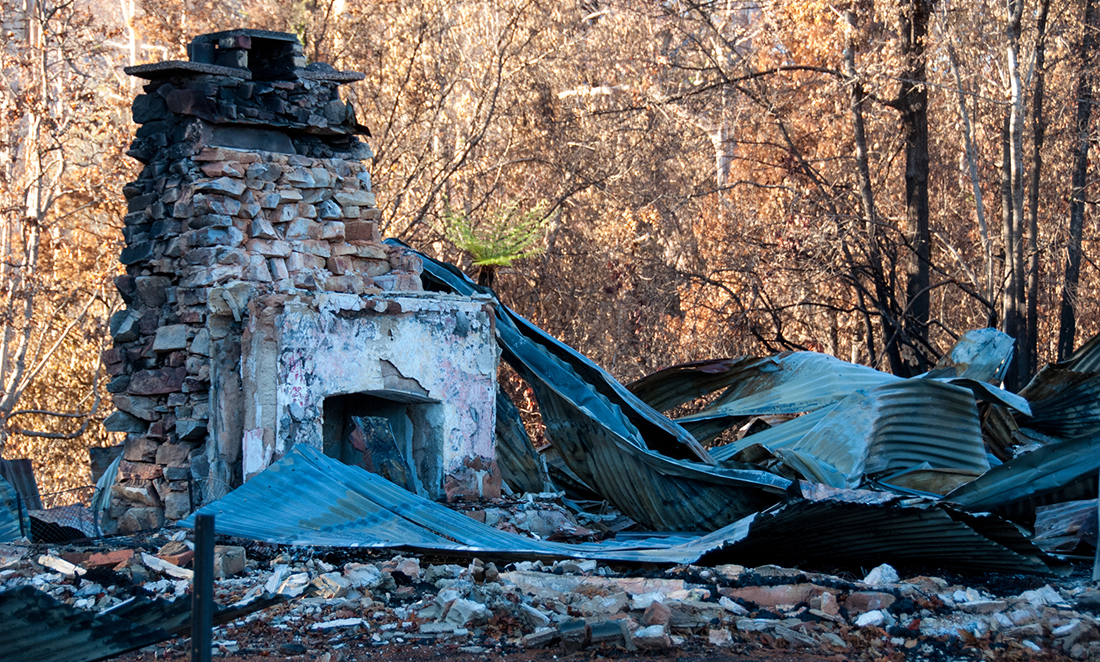
Many reports, studies and inquiries have been carried out in the 10 years since Black Saturday. Fire scientists and meteorologists, emergency response agencies and a Royal Commission have significantly increased our understanding of the devastating event.
Understanding the risk
Since Black Saturday, the concept of bushfire risk has also grown, making it clear that bushfires in Australia are a constant threat.
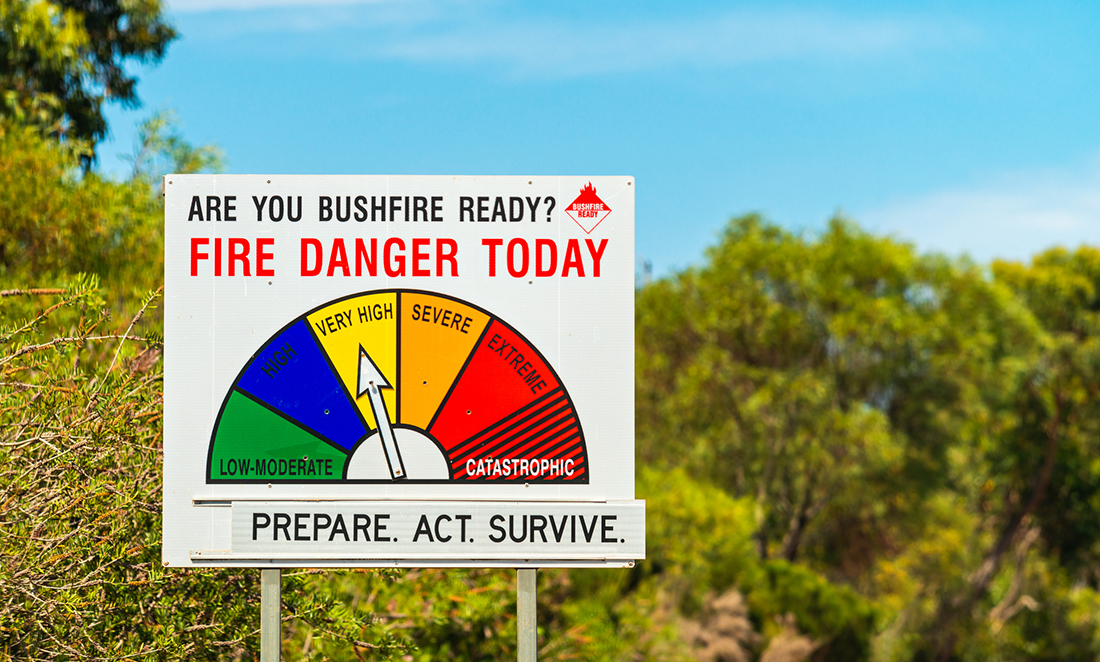
And while science can tell us how hot fires are and how fast they’re moving, there’ll always be another element to the outcome of a bushfire.
That’s how people perceive risk and the decisions they make on the day.
“People – we, you, me and others who are potentially exposed to bushfires – find it very hard to actually comprehend how bad ‘bad’ is,” John says.
“The messaging that’s going out from all the fire services now – and our research would support that – is that, if it gets to a certain point, you should not be there.”
If John was faced with a catastrophic fire danger rating, he’d be preparing to leave, potentially even before a fire started.
“If I was on an urban fringe, I would probably be listening to the messaging that comes out over ABC Emergency … that would guide me as to what’s happening.”



